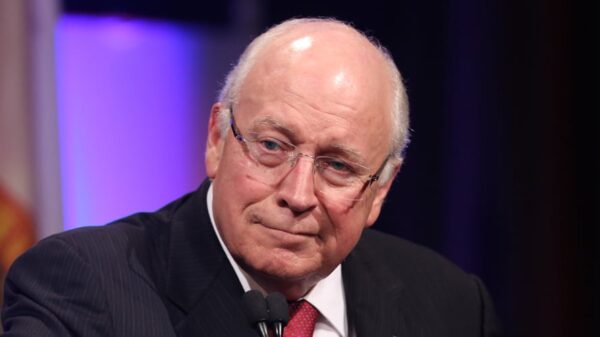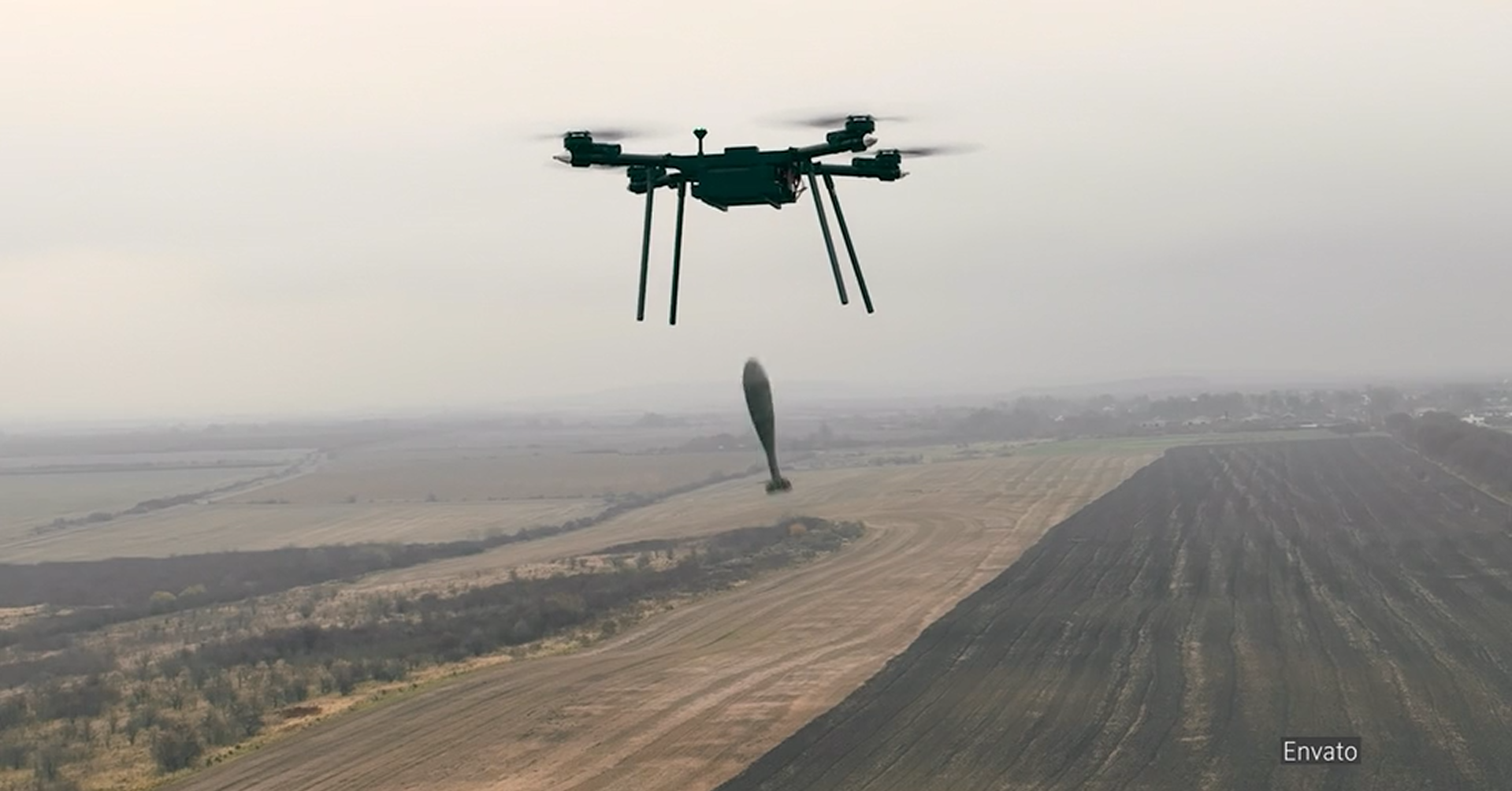The rise of drone technology has fundamentally altered the dynamics of modern warfare. As drones become increasingly capable and lethal, military strategists and defense agencies are faced with the urgent need to enhance counter-drone systems to ensure they remain effective on the battlefield.
The proliferation of drones across various military and civilian sectors has led to significant advancements in their operational capabilities. Unmanned Aerial Vehicles (UAVs) are not only being utilized for reconnaissance but also for offensive operations, presenting new challenges in combat scenarios. According to recent reports, the effectiveness of these drones in delivering precise strikes has compelled military planners to reassess their current defense strategies.
Adapting to Evolving Threats
Counter-drone technology has lagged behind the rapid advancements in UAV capabilities. Traditional methods of aerial defense, such as anti-aircraft systems, are proving inadequate against the diverse range of drones currently deployed. A comprehensive approach that integrates advanced detection systems, electronic warfare, and kinetic measures is essential to counter this evolving threat.
Experts emphasize that the development of sophisticated counter-UAS (Unmanned Aircraft Systems) technology is crucial. This includes systems that can detect, track, and neutralize drones effectively. For instance, the integration of radar and electro-optical sensors can enhance detection capabilities, while electronic countermeasures can disrupt drone communications and navigation systems.
Recent military exercises have highlighted the importance of these technologies. In multiple scenarios, forces equipped with enhanced counter-drone capabilities demonstrated improved operational success against UAV incursions. These developments underscore the necessity for military forces worldwide to invest in and adapt their existing systems to address the growing drone threat.
Global Implications and Future Directions
The implications of drone warfare extend beyond traditional military operations. The increasing accessibility of drone technology poses risks not only to combat zones but also to civilian areas. As seen in recent conflicts, the potential for drones to be employed in terrorist activities raises significant security concerns.
In response, governments and defense agencies are prioritizing research and development in counter-drone technologies. Investment in this sector is expected to grow significantly, as nations recognize the need to protect their airspace and safeguard critical infrastructure. According to industry analysts, the global counter-drone market is projected to reach approximately $5.5 billion by 2025, reflecting the urgency of addressing these emerging threats.
As military and civilian applications of drone technology continue to advance, the race to develop effective countermeasures will be pivotal. Stakeholders must collaborate to share insights and resources, ensuring that counter-drone systems can keep pace with the rapid evolution of UAV capabilities.
In conclusion, as drones redefine the battlefield, the imperative for robust counter-drone strategies becomes increasingly clear. Adapting to these technological advancements is not merely a matter of military preparedness but also a vital component of national and global security.




































































